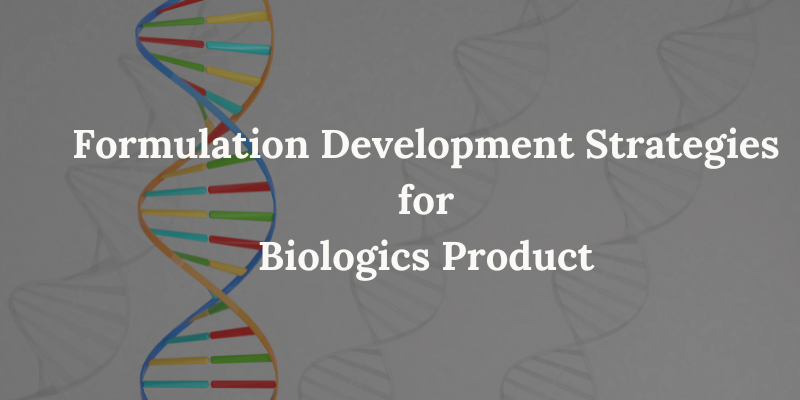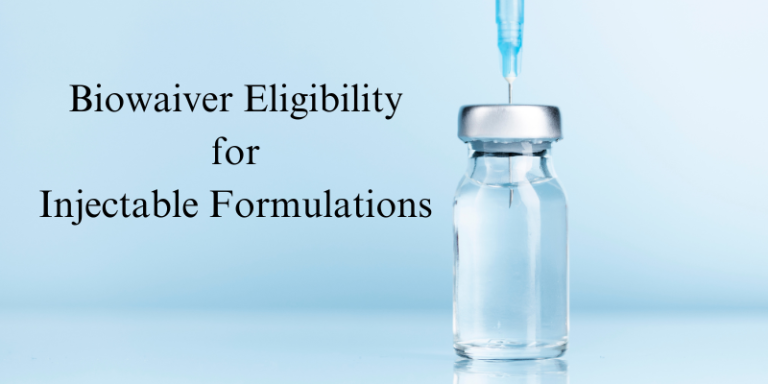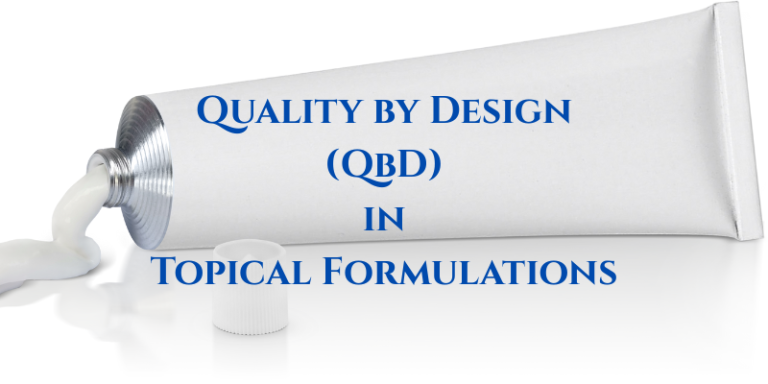Formulation Development Strategies for Biologics Product
The formulation of biologics presents unique challenges due to their structural complexity and sensitivity to environmental conditions. This review explores critical aspects of biologic formulation, including stability considerations, excipient selection, and delivery systems. Additionally, biopharmaceutical factors such as absorption, distribution, metabolism, and excretion (ADME) of biologics are discussed. Recent advancements in formulation strategies, including novel stabilizers, lyophilization techniques, and nanoparticle-based delivery systems, are also highlighted.
Biologics, such as monoclonal antibodies, recombinant proteins, and gene therapies, have transformed the treatment of diseases like cancer, autoimmune disorders, and rare genetic conditions. Unlike small-molecule drugs, biologics are large, complex molecules with intricate tertiary and quaternary structures. These structures are essential for their therapeutic activity but also make them highly sensitive to environmental factors such as temperature, pH, and mechanical stress.
Unique Challenges
- Structural Complexity: The three-dimensional structure of biologics is critical for their function. Any alteration can lead to loss of efficacy or increased immunogenicity.
- Sensitivity to Degradation: Biologics are prone to chemical (e.g., oxidation, deamidation) and physical (e.g., aggregation, denaturation) degradation.
- Immunogenicity: The immune system may recognize biologics as foreign, leading to the production of anti-drug antibodies (ADAs) that neutralize their activity.
Formulation Goals
- Maintain structural integrity and stability during manufacturing, storage, and administration.
- Minimize immunogenicity and ensure patient safety.
- Optimize delivery systems for targeted and efficient therapeutic action.
Challenges in Biologics Formulation
Biologics are complex macromolecules with intricate structures, making them susceptible to chemical, physical, and immunogenic degradation. Overcoming these challenges requires advanced formulation strategies, optimized storage conditions, and robust analytical techniques.
Structural Instability
- Biologics are prone to structural degradation, which affects their efficacy and safety. Their instability arises due to chemical and physical degradation pathways:
Chemical Instability
- Deamidation: Conversion of asparagine (Asn) to aspartic acid (Asp) or isoaspartate, altering protein structure and function. Common in acidic pH and high-temperature conditions.
- Oxidation: Methionine and tryptophan residues are highly susceptible to oxidation, which can be catalyzed by light, metal ions, or oxygen. Oxidation can lead to loss of biological activity or increased immunogenicity.
- Disulfide Bond Scrambling: Incorrect formation or breakage of disulfide bonds can cause protein misfolding, leading to loss of function or aggregation
- Hydrolysis: Peptide bonds can break under acidic or basic conditions, resulting in fragmentation of the biologic.
Physical Instability
- Aggregation: Proteins tend to aggregate due to hydrophobic interactions, pH shifts, or freeze-thaw cycles, reducing efficacy and increasing immunogenicity risks.
- Denaturation: Loss of secondary or tertiary structure caused by temperature stress, agitation, or adsorption to surfaces.
- Surface Adsorption: Proteins may adsorb to glass or plastic vials, leading to structural destabilization.
Mitigation Strategies
- pH optimization: Buffers such as histidine and phosphate to maintain pH stability.
- Surfactants: Polysorbate 20 or 80 prevent interfacial stress and aggregation.
- Antioxidants: Methionine, ascorbic acid, and chelating agents (EDTA) protect against oxidation.
- Cryoprotectants and Lyoprotectants: Sugars like sucrose and trehalose stabilize proteins during freeze-drying by forming a glassy matrix that prevents denaturation. (Mahler et al., 2019).
Immunogenicity Concerns
Biologics can trigger immune responses, leading to:
- Formation of anti-drug antibodies (ADAs), which neutralize drug activity.
- Hypersensitivity reactions, including anaphylaxis.
- Accelerated drug clearance, reducing therapeutic efficacy.
Factors Influencing Immunogenicity
- Non-human sequences: Murine or chimeric antibodies have higher immunogenicity compared to fully humanized antibodies.
- Post-translational modifications: Glycosylation patterns can affect immune recognition.
- Aggregates: High-molecular-weight aggregates act as immune adjuvants, increasing ADA production.
- Route of Administration: Subcutaneous (SC) injection has a higher immunogenic risk than intravenous (IV) due to exposure to antigen-presenting cells.
Strategies to Reduce Immunogenicity
- Glycosylation engineering: Optimized glycosylation patterns reduce immune recognition.
- PEGylation: Polyethylene glycol (PEG) shields biologics from immune surveillance and enhances half-life.
- Humanization of antibodies: Chimeric and fully human mAbs reduce immune recognition.
- Reducing aggregates: Filtration, surfactants, and controlled storage conditions minimize aggregation risks. (Jiskoot et al., 2021).
Storage and Handling
Most biologics require cold storage (2–8°C) or freezing (-20°C or lower) to maintain stability. However, cold-chain logistics pose challenges, especially in global distribution and developing regions.
Challenges in Storage & Handling:
- Freeze-Thaw Instability: Repeated freezing and thawing can lead to aggregation.
- Adsorption to Surfaces: Contact with glass, rubber stoppers, or tubing may destabilize proteins.
- Moisture Sensitivity: Lyophilized biologics require strict humidity control.
Strategies for Improved Stability:
- Lyophilization: Converts biologics into a stable dry powder.
- Alternative formulations: Spray drying and glassy-state formulations enhance thermostability.
- Refrigeration Monitoring: Temperature-controlled packaging and real-time sensors ensure cold-chain integrity.(Garcia et al., 2022).
Advanced Formulation Strategies
Due to the inherent instability of biologics, advanced formulation technologies are required to enhance their shelf life, delivery efficiency, and patient convenience.
Lyophilization and Spray Drying
Lyophilization (freeze-drying) is the gold standard to enhance long-term stability, while spray drying is emerging as an alternative.
Lyophilization (Freeze-Drying) Process
- Freezing: The liquid formulation is cooled below its glass transition temperature (Tg), forming ice crystals while proteins remain in an amorphous phase.
- Primary Drying (Sublimation): Water is removed under low pressure, preserving protein structure.
- Secondary Drying: Residual moisture is eliminated to ensure long-term stability.
Advantages of Lyophilization
- Enhances long-term storage stability (2–5 years).
- Prevents aggregation and denaturation.
- Enables reconstitution for IV, SC, or IM administration.
Challenges
- Requires cryoprotectants (e.g., trehalose, sucrose, mannitol) to protect proteins during freezing.
- Long processing time and high costs.
The formulation of biologics is a complex and evolving field that requires a multidisciplinary approach to address challenges related to stability, immunogenicity, and delivery. Innovations such as lyophilization, PEGylation, and nanoparticle-based delivery systems have significantly improved the stability and efficacy of biologics. However, ongoing research is needed to develop novel excipients, advanced delivery systems, and cost-effective manufacturing processes to enhance the global accessibility of these life-saving therapies.
Read also:
- Difference Between Biosimilar and Bioequivalence
- Assessing Immunogenicity Risk of Peptides
- Lyophilization in Pharmaceutical Industry
References
- Carpenter, J.F., et al. (2018). “Excipient stabilization of proteins: Mechanisms and applications.” Journal of Pharmaceutical Sciences, 107(4), 1004-1018.
- Garcia, S., et al. (2022). “Cold chain logistics for biologics: Current challenges and solutions.” Advanced Drug Delivery Reviews, 180, 114064.
- Jiskoot, W., et al. (2021). “Immunogenicity of therapeutic proteins: Causes and mitigation strategies.” Nature Reviews Drug Discovery, 20(1), 68-83.
- Mahler, H.C., et al. (2019). “Protein aggregation in biopharmaceuticals: Mechanisms, characterization, and prevention.” European Journal of Pharmaceutics and Biopharmaceutics, 139, 89-102.
- Xu, Y., et al. (2021). “Metabolism and elimination pathways of biologics.” Current Opinion in Biotechnology, 72, 102-111.
Resource Person: Mohanned Jallad







